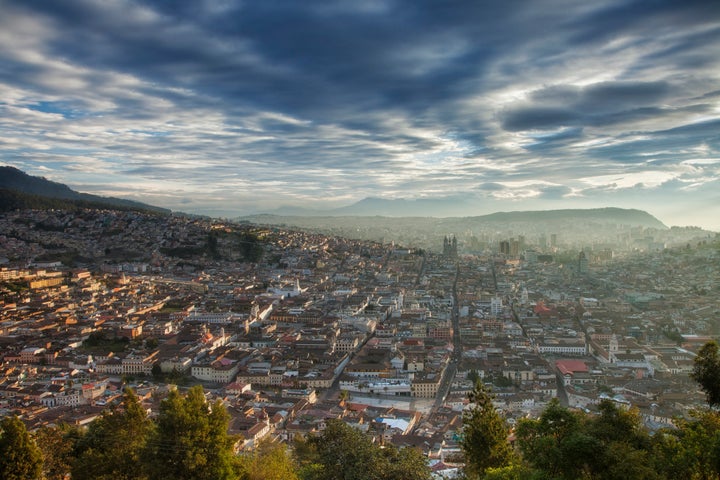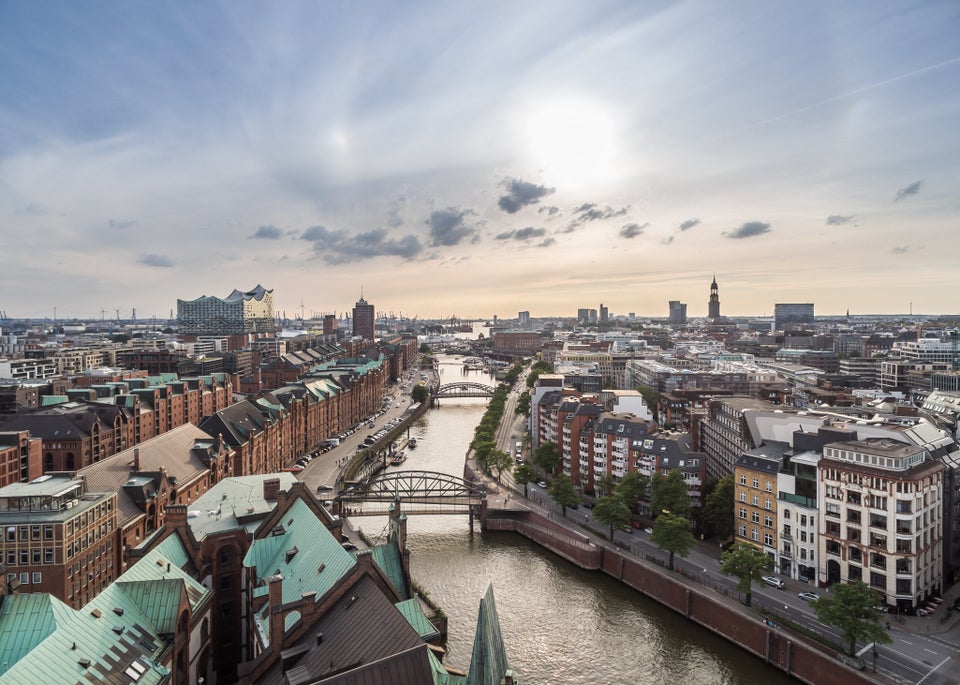
Leaders from more than 150 countries came together this week to formalize a sweeping guide that charts a sustainable future for new and existing cities, rapidly growing across the globe.
More than 35,000 people attended a United Nations summit in Quito, Ecuador, this week, and on Thursday, UN member countries formally adopted the New Urban Agenda. The document focuses on sustainable, inclusive development, covering things like the role of climate change in urban planning and how cities get rid of residents’ trash.
The UN Conference on Housing and Sustainable Urban Development, commonly referred to as Habitat III, occurs every 20 years. This was the third time it was held.
Over half of the world’s population lives in urban areas, and the number of city dwellers could increase by 3 billion by 2050. Cities can provide a better quality of life and greater economic opportunities, but they’re also places of persistent inequality and are putting a major strain on the earth’s resources.
The New Urban Agenda says ending poverty “is the greatest global challenge and an indispensable requirement for sustainable development.” Here are some of the other fundamentals outlined in the New Urban Agenda:
- Ensure everyone has access to affordable and adequate housing, safe drinking water, suitable nutrition, education and health care.
- Create public gathering places and green space that is open to everyone.
- Develop emergency response plans to protect residents and come up with long-term strategies to make cities more resilient to natural and manmade disasters.
- Protect the environment and combat climate change; reduce greenhouse gas emissions and air pollution; conserve natural resources and ecosystems.
- Promote equitable economic growth.
- Design transportation systems that give all residents mobility.
The New Urban Agenda particularly emphasizes that cities should respond to the specific needs of women when it comes to policy and urban design ― women should have equal access to jobs and education and be safe from violence in public and private space. They should also be involved in city decision-making and represented in local government.

The agreement isn’t binding, and while there are general policy recommendations (like giving cities more political power and funding), it purposely leaves many details of implementation up to individual countries and cities. Some see this as a major flaw and criticized the guidelines for being too weak.
“The planet has already moved beyond critical planetary boundaries related to climate, biodiversity, land use and fertilizer use,” urban ecologist Timon McPhearson said in a press conference at the summit. “Yet, urgency is entirely absent in the New Urban Agenda.”
There is also at at least one glaring omission from the wide-ranging set of goals outlined in the document: LGBTQ rights are never mentioned, even though it is repeatedly stated that cities must be inclusive and accessible to other marginalized groups who face discrimination.
A push to address LGBTQ rights in the document was blocked by a group of 17 countries, led by Belarus, according to Reuters. The U.S. is one of the countries that fought to include LGBTQ protections, but is still an example of why they’re critical, U.S. Housing and Urban Development Secretary Julian Castro explained in one of the Habitat III sessions.
“People are still denied housing because of their sexual orientation to this day in the U.S. and elsewhere,” Castro said, according to the Guardian.
“The 21st century will belong to those nations which embrace freedom and equality for everyone,” he added.
_____

